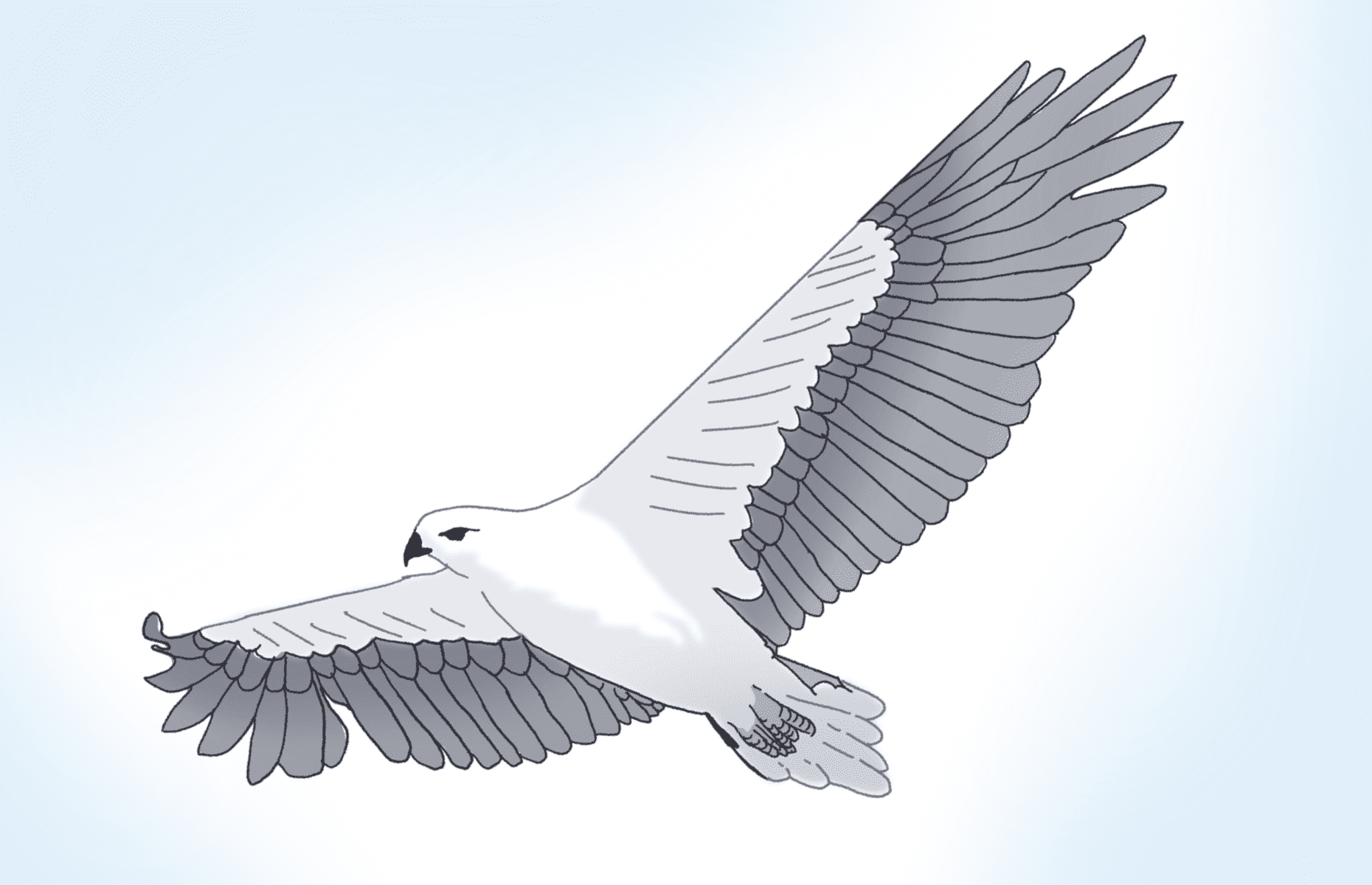Standing somewhere on a headland between Kiama and Gerringong – bald, sun-baked, waves lazily licking the rock shelf where it meets the sea – you can look up at a parade of seabirds as they ride the thermal updrafts in the air.
A white-bellied sea eagle glides so close you can watch as it angles its wing feathers and shifts direction. It’s huge – its wingspan perhaps measuring 2 metres – but looks weightless. There must be a shoal of fish in the water because another sea eagle wheels into view around the cliff face. A magpie pesters it, dive bombing again and again. The size difference between the two birds is comical; the eagle ignores its attacker benevolently.
Further offshore, there’s a wedge-tailed eagle – one of the world’s largest eagles. The black of its distinctive eponymous tail is in relief against the wide, blue sky.
Down at waist level, between blades of long grass, superb fairywrens flit. The tiny, jewel blue male flutters, surrounded by a harem of the sweet, brown-grey females. The birds weigh only around 10g but they make up for what they lack in weight with personality: they chirp and joke with each other and are frenetic in their motions.
Alongside the fairywrens, willy wagtails chase their insect prey around the paddock. Their disproportionate tails fan out and wriggle comically, as though the tail has a mind of its own.
Thankfully, it isn’t nesting season, since masked lapwings (often called plovers) and magpies abound, but do not swoop. The lapwings totter on their long legs, stalking through the beachside grass and rocks. The magpies search for worms and release long, melodious birdsong. Magpies are performers: they join together in their carolling calls, they make more than 33 distinct sounds and love to mimic noises from human speech to other birds.
This headland, and the others protruding into the Pacific Ocean along this coastline, were once densely forested. The red cedar forestry industry in the 1800s denuded the landscape in this area, leaving only patches of remnant forest and the occasional, striking cabbage tree palm. For a long time now, this volcanic landscape has been a patchwork of green dairy pastures, and we are left to imagine what the birdlife must once have been like.





